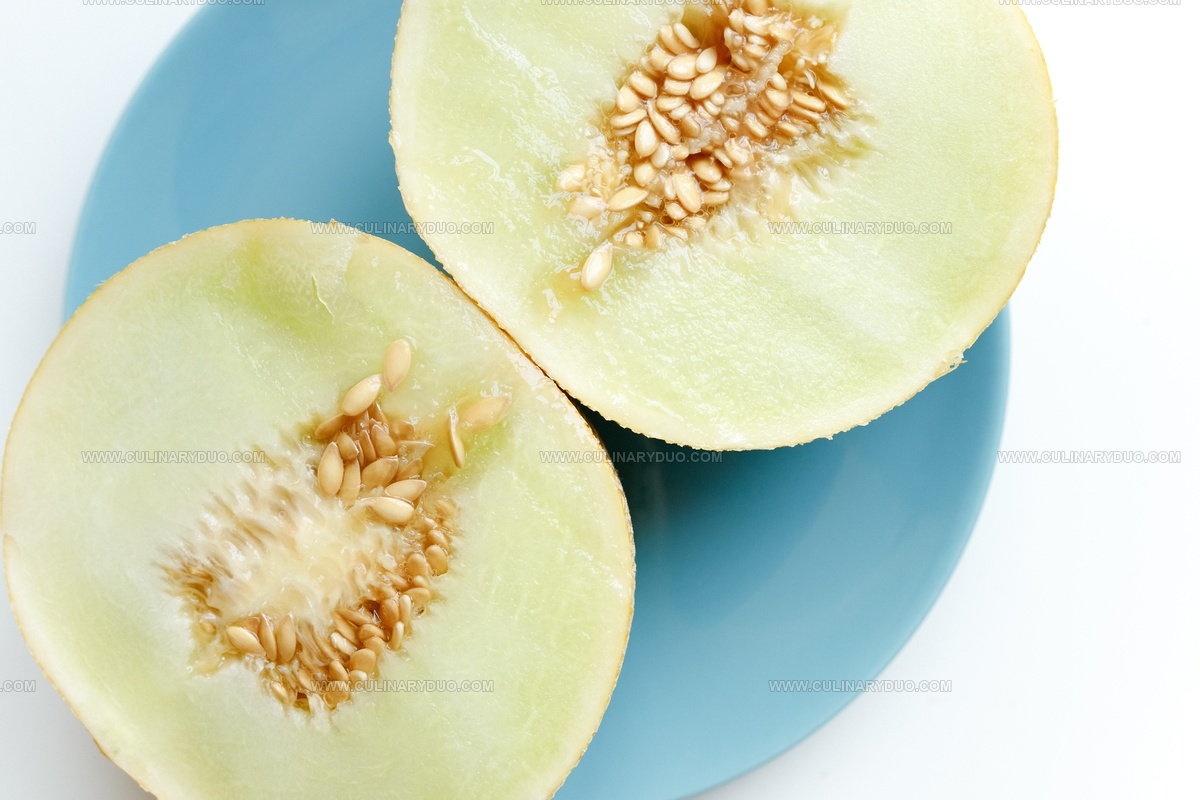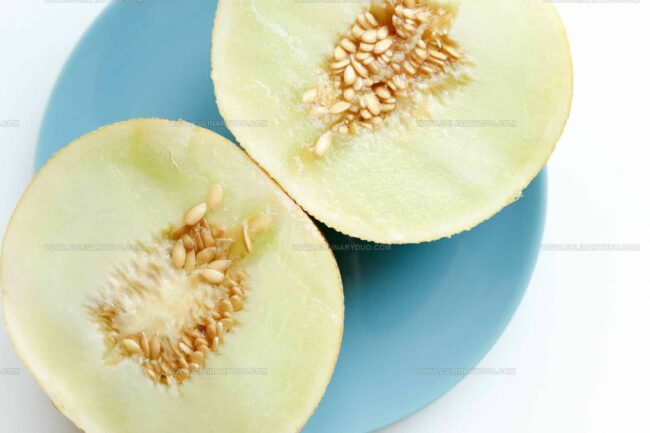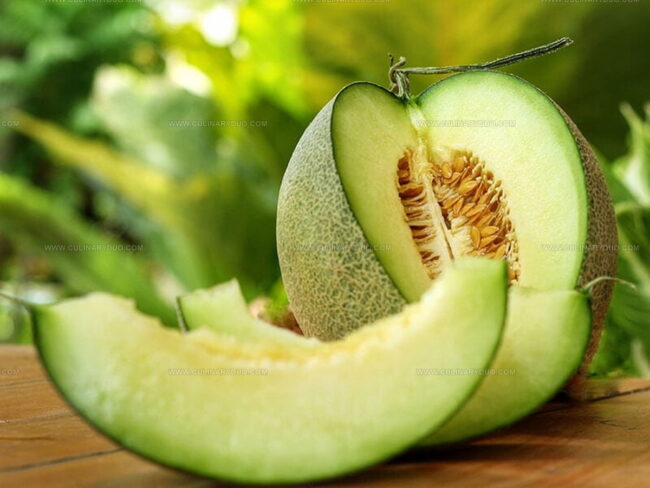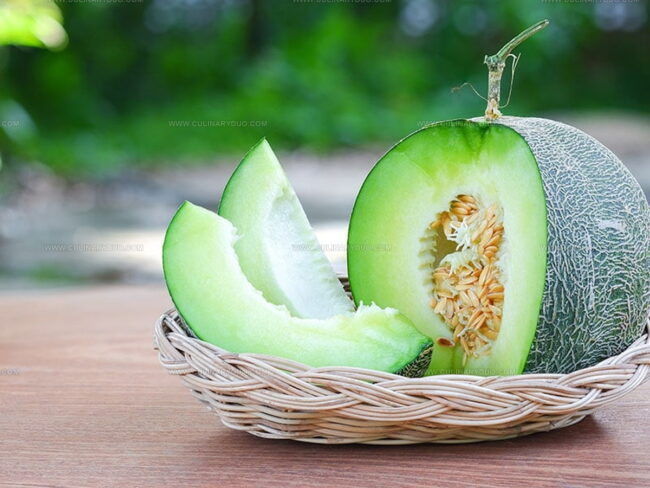What Does Honeydew Taste Like? Discover the Juicy Secret
Honeydew melons hold a special place in the world of refreshing fruits that often spark curiosity among food enthusiasts.
Sweet and delicate, these pale green melons intrigue many people who wonder about their unique flavor profile.
Some fruits can seem mysterious until you experience them firsthand, and honeydew falls perfectly into that category.
Smooth, pale surfaces hint at the delightful interior waiting to be savored by those willing to take a bite.
Tropical regions cultivate these melons with care, ensuring peak ripeness and maximum flavor potential.
Culinary adventurers and health-conscious individuals alike find themselves drawn to understanding more about this intriguing fruit.
If you seek a comprehensive understanding of honeydew's distinctive taste characteristics, this article promises to satisfy your gastronomic curiosity.
Honeydew Taste Description
Honeydew melons are known for their gentle sweetness and juicy texture, especially when fully ripe. Their flavor is similar to cantaloupe but lighter and smoother, with none of the musky taste found in other melons:
For the best experience, eat honeydew when it’s just ripe and still slightly firm, and enjoy its smooth, sweet flavor on its own or in easy recipes.
Honeydew Flavor Differences by Variety
Honeydew melons come in several varieties, each offering its own twist on sweetness and texture.
While all honeydews share a juicy, refreshing bite, different types can surprise your taste buds in subtle ways:
It’s mild, juicy, and perfect for anyone who enjoys a classic melon taste.
The flavor is a little richer and sometimes has a hint of floral or tropical tones.
Riper melons always taste sweeter and softer, while less ripe ones offer a crisp, gentle bite.
Honeydew’s Nutrition Benefits
Honeydew melon stands out with its unique mix of nutrients different from other melons.
Packed with minerals and plant compounds, this fruit supports overall health.
Each cup of honeydew contains just 64 calories and 16 grams of carbs, making it a light snack choice.
Vitamin C levels are impressive, with one cup providing around 53% of recommended daily intake.
Zero fat content combines with good amounts of fiber and protein.
Vitamins K, B6, folate, and minerals like potassium and magnesium round out its nutritional profile.
Several powerful plant chemicals call honeydew home.
Beta-carotene, caffeic acid, phytoene, and quercetin work as strong antioxidants.
These compounds help combat oxidative stress and protect body cells from damage caused by harmful free radicals.
Eating lots of fruits and vegetables connects directly to reduced risks of heart disease and high blood pressure.
Honeydew contributes significantly, with one cup offering 12 percent of daily potassium needs to help regulate blood pressure.
Low sodium content makes it an excellent choice for those watching salt intake.
Honeydew brings bone health benefits through folate, magnesium, and vitamin K.
Folate helps break down homocysteine, which links to lower bone mineral density.
Vitamin K supports osteocalcin formation, a critical structural bone protein.
High water and electrolyte content also makes honeydew perfect for rehydration after intense physical activity.
How Honeydew Is Used in Cooking
Honeydew shares similarities with watermelon, offering versatile enjoyment.
Several delightful methods exist for savoring this sweet melon.
Freezing honeydew creates interesting options.
Melon cubes work perfectly when blended with sugar and lime, then frozen in ice trays.
Resulting ice cubes add wonderful flavor to multiple beverages like cocktails and smoothies.
Blending honeydew into slushy form provides another tasty choice.
Green-tinted honeydew works beautifully in salads.
Most melons boast bright colors, but honeydew's subtle shade brings unique charm.
Mixing honeydew with cantaloupes and watermelon creates exciting combinations.
Sprinkling ginger root shavings and maple syrup enhances melon salad flavors.
Seafood lovers appreciate honeydew's potential in salsa preparations.
Simple recipes combine sliced honeydew with red onions, fresh cilantro, and lime juice.
Creating fruit kebabs or pyramids represents another excellent method for enjoying this mild melon.
Pairing Honeydew with Other Fruits and Ingredients
Honeydew’s soft sweetness and juicy bite make it perfect for mixing with other fruits and flavors.
The right pairings can turn simple honeydew into a colorful, tasty treat for any occasion:
Where Honeydew Comes From and How to Get It
Sweet melons belong to the Cucumis melo Inodorus group, with honeydew and casaba as key types.
Honeydew melon shows pale green inside and skin colors ranging from green to yellow based on how ripe it is.
Semiarid zones work best for growing these melons.
Farmers pick them according to their development stage instead of focusing on size.
Southern regions of France, Spain, and Algeria have cultivated honeydew melons for generations.
Henry A. Wallace brought this melon to China during the 1940s.
Wallace, who worked as Vice President under Franklin D. Roosevelt, also founded Pioneer Hi-Bred, a major seed company known for developing transgenic maize.
Chinese farmers sometimes call this melon the Wallace.
Late summer through early autumn marks honeydew season.
Shoppers can find these melons near cantaloupes and other similar produce in grocery store sections across many regions.
Can Honeydew Be Frozen?
Excess Honeydew can be saved through freezing.
Here's a simple method to create a tasty frozen treat:
Line a cookie sheet with parchment paper.
Slice off the honeydew rind and chop the melon into thin strips.
Break these strips into smaller chunks.
Spread honeydew pieces across the baking sheet and freeze for about an hour.
Move frozen honeydew chunks from the baking sheet into a sealed plastic container.
When you want to enjoy the frozen melon, let it sit briefly so it softens slightly.
Keep the pieces mostly frozen because complete thawing makes honeydew mushy and less enjoyable.
Partial thawing helps maintain a nice texture while making the snack easier to eat.





Natalie Brooks
Co-Founder & Content Strategist
Expertise
Education
eCornell
Natalie brings the vibrant, plant-powered side to Culinary Duo. After earning her Plant-Based Nutrition Certificate from eCornell, she combined her love for fresh ingredients with a passion for storytelling, aiming to make healthy cooking simple and satisfying.
Her kitchen motto: good food doesn’t need a fancy label, it just needs fresh ideas and a little creativity. Outside of writing and recipe testing, Natalie’s happiest in her garden, exploring farmers’ markets, or mixing global flavors into new kitchen experiments.